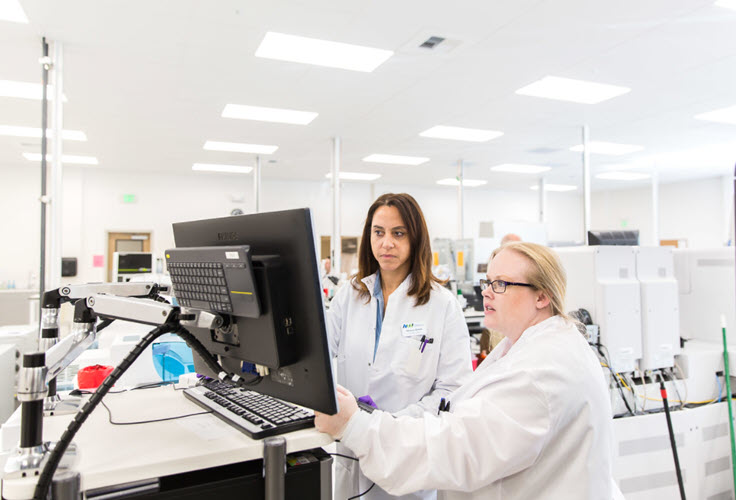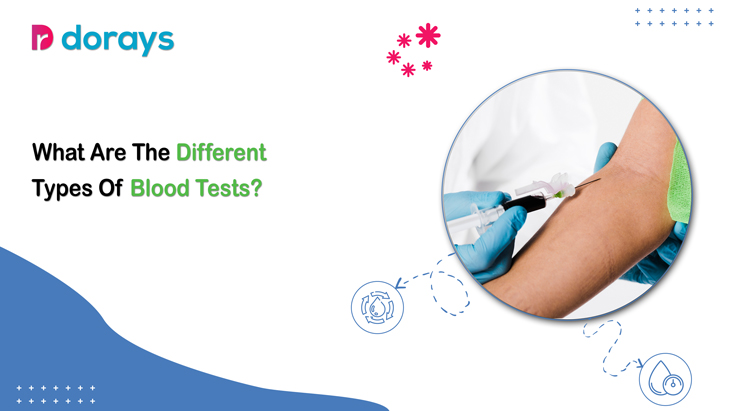Your pathologist, a professional medical doctor who collaborates closely with the other doctors on your health care team, will prepare a pathology report for you. A pathology lab report indicates that a tissue sample or biopsy from your body was sent to the laboratory to be examined by a pathologist.
Pathologists examine organs, tissues, and other bodily materials. They look at the tissues to diagnose illness, track the progress of ongoing medical disorders, and advise treatment.
As a pathology report focuses on the most correct and expeditious final diagnosis based on the pathologist’s evaluation of the biopsy taken from the patient, it ensures that the patient receives the best and most timely care possible.
Take a look at the sections of the pathology lab report to understand better.
Pathologists use a variety of terms to describe the report. However, the parts outlined below are found in most pathology reports.
1. Patient and Specimen Information
The following objects are listed in this section:
- Name, date of birth, and other personal information about the patient
- A unique number is provided to each patient to aid in identifying samples.
- Details regarding the specimen, such as the sort of biopsy or surgery that was performed and the type of tissue that was removed
2. Gross Description
The tissue sample or tumor as viewed with the naked eye is described in this section. It encompasses color, weight, size, and consistency in general.
3. Microscopic Description
It is the report’s most technical section. It depicts the appearance of cancer cells when seen under a microscope. This section discusses several elements that influence diagnosis and treatment.
4. Grades
The pathologist grades the cancer cells by comparing them to healthy cells. Different scales exist for various malignancies.
- Grade 1: Cells do not develop quicker in this grade.
- Grade 2: Cells are multiplying at a quicker rate than usual.
- Grade 3: High-grade cells that are rapidly developing or spreading.
4. Tumour Margin
Your surgeon removed a different region of normal tissue surrounding the tumor for the pathology sample, referred to as the margin. A pathologist will examine this area to see if it is devoid of cancer cells. Three outcomes could occur:
- Positive indicates that cancer cells are there at the margin’s edge. It is an indication that you need to do further surgery.
- Negative indicates there are no malignant cells in the margins.
- Close inspection reveals malignant cells on the margin, but they do not extend to the edge. You may require more surgery.
5. Lymph Nodes
Your lymph nodes are tiny organs that make up part of your immune system. To detect if cancer has spread, your doctor may take a biopsy of adjacent lymph nodes. If they have cancer, they are positive; if these nodes don’t have cancer, they are negative.
6. Mitotic Rate
The mitotic rate is a metric for how quickly malignant cells divide. The pathologist usually counts the number of dividing cells in a specific tissue volume to arrive at this figure.
7. Cancer Stage
The cancer stage helps you, the doctor, identify the best course of action for your treatment. The TNM method, in which the T denotes original cancer, the N denotes if cancer has spread to surrounding lymph nodes, and the M denotes whether cancer has moved to other parts of the body, is the most widely used staging system.
8. Diagnosis
The “bottom line” is shown in this section, and it is found at the beginning or conclusion of the report. In case you are diagnosed with cancer, then you must know the following things:
- The type of cancer, such as carcinoma or sarcoma
- Grade of the tumor
- The state of your lymph nodes
- Any other test results, such as whether the tumor possesses hormone receptors or other tumor indicators, Margin status Stage
9. Synoptic Report
The pathologist will provide a summary after the tumor has been removed. The most important results are listed in a table. These are the essential factors in assessing a person’s treatment options and recovery prospects.
10. Comments Section
Cancer may be difficult to diagnose at times, or the progression of the malignancy may be unclear.
Therefore, the pathologist provides the comment section. They can discuss the problems and suggest additional tests here. They can add further details in this section that they think is useful for the doctor or can help provide better treatment.
11. Sampling Differences
A biopsy pathology lab report may differ from a later pathology report for the complete tumor, which occurs because a tumor’s characteristics can vary in different places. Once you take all the tests, the doctor analyzes the results and determines the treatment’s course of action.
Finally, the pathologist’s information and the doctor who performed the tests are provided. It gives you a general idea of how to read and comprehend a pathology report. Always pay particular attention to the tumor kind, grade, and stage when reading a pathology report, and seeking a second opinion if you’ve been diagnosed with cancer is always preferred. Before beginning any treatment, you must check the diagnosis and confirm it. Although the diagnosis is usually correct, it’s never a bad idea to double-check, as this verification may come in handy later.







Leave a Comment